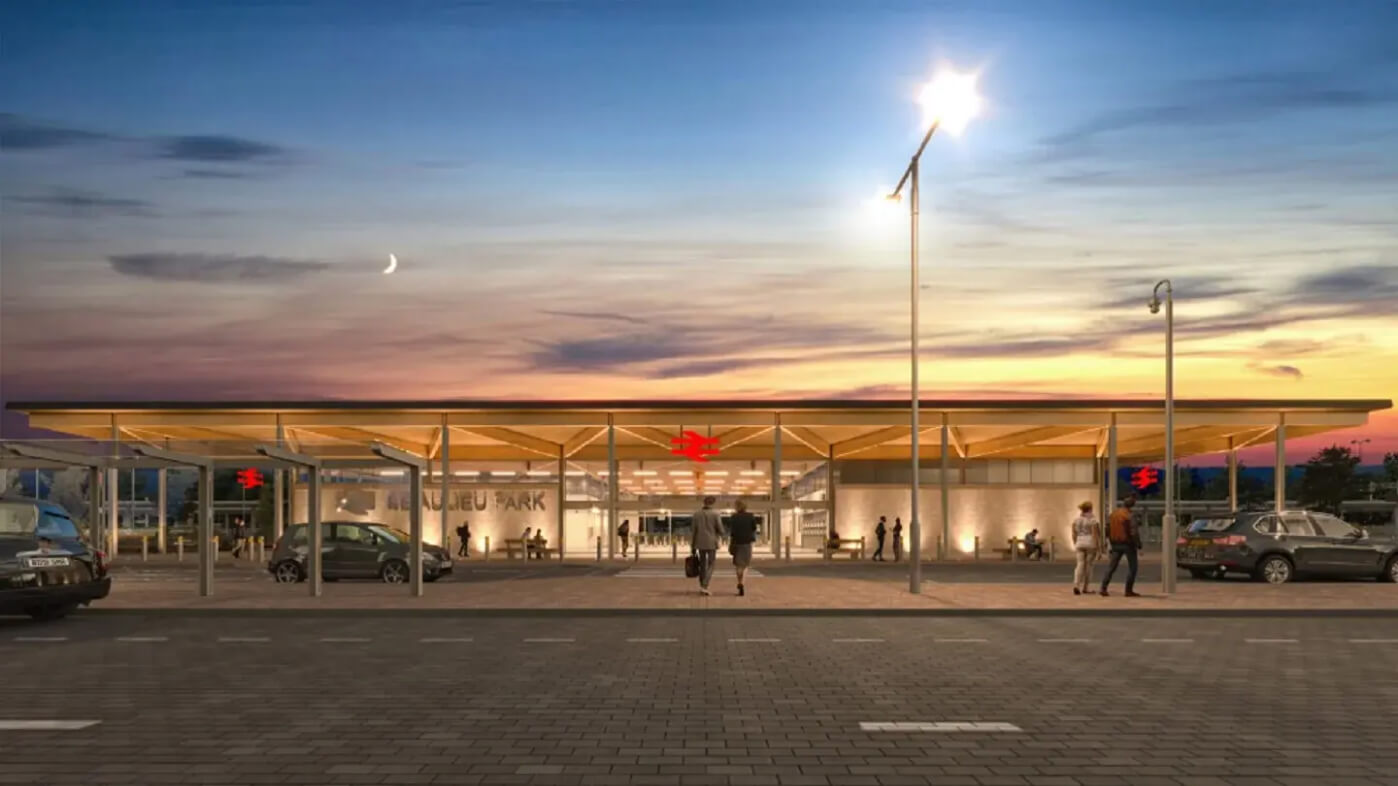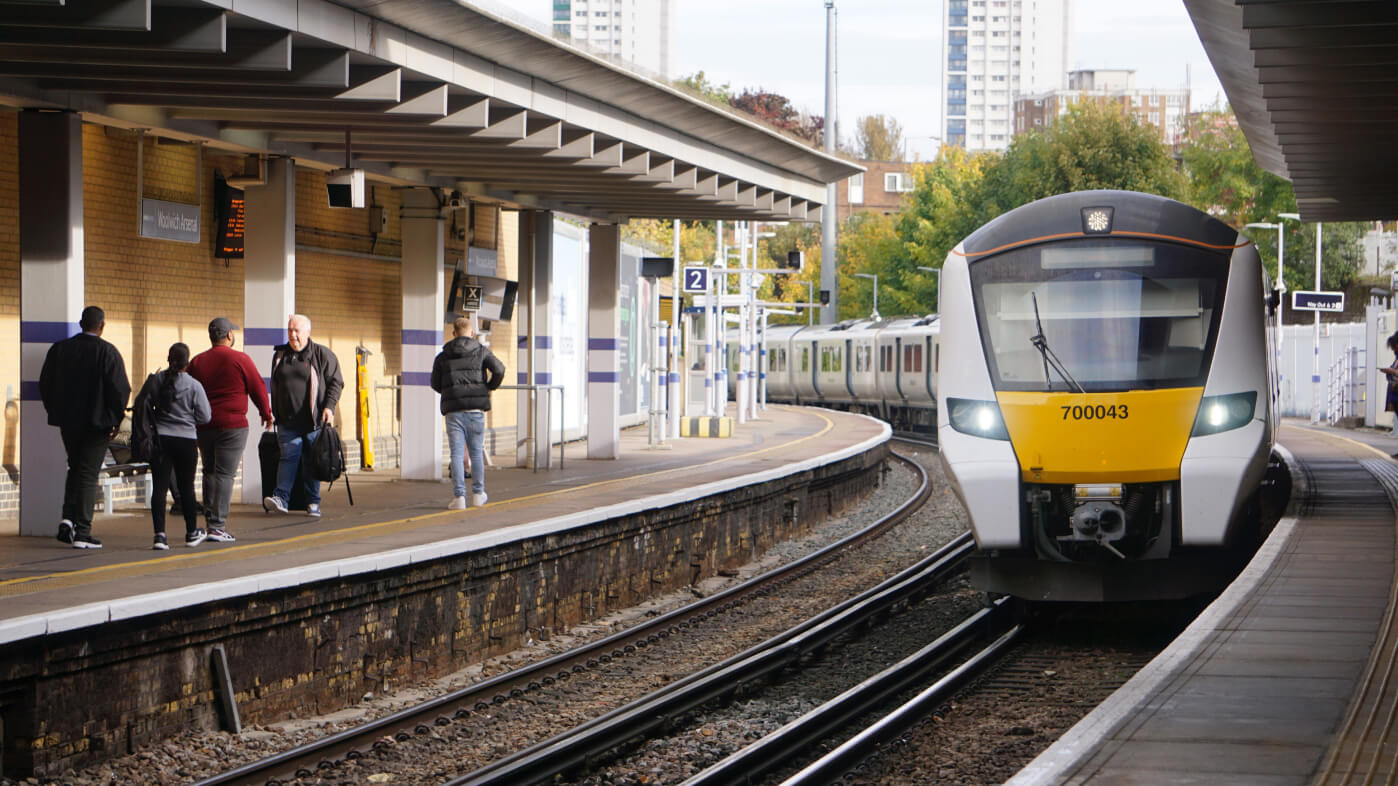The challenge
Handling trains running between London Bridge and Victoria, as well as acting as a London Overground terminus, Crystal Palace Station was one of two stations built to serve the former Great Exhibition building.
With additional stabling being required for two 5-car trains, changes needed to be made to platform 3 in order to modify the signalling and buffer stop positions. Due to the station handling more than 2 million passengers each year, works needed to take place with minimal impact upon rail services.
The solution
Instructed by rail and civils contractor, Braybrook, an Amaro project team of 8 (supported by an office team of 3) headed to South East London, tasked with extending the existing track circuit to the revised buffer stop position and moving the associated interrupter.
Unlike most of our projects, the end client at Crystal Palace was a TOC (Arriva) rather than Network Rail. And, whilst all parties collaborated well, certain aspects of the job were slightly more complex as a result. By engaging with Network Rail’s T&C manager, however, we were able to ensure the continued flow of information between all parties.
Throughout the course of the works, a number of challenges were overcome…
- Whilst plans had initially called for a new cable to be run through an existing UTX (Under Track Crossing), upon closer inspection this was found to have collapsed due to overcapacity. Amaro proposed an alternative solution, resolving the issue without significant costs or delays.
- By working with the asset owner, it was agreed to re-use existing cable – providing it passed acceptance tests – in order to save time and reduce costs. The tests were passed, and the commissioning went ahead on schedule.
- Whilst the commissioning possession did not cover location case CP204 – as passenger trains needed to run through platform 4 – Amaro worked proactively, booking a line block between trains to allow access to and from CP204 when required.
The outcome
Delivered on time, in line with the client’s expectations and with zero lost time incidents, this was a well-delivered, safe, and compliant project involving many interested parties (including Network Rail, TfL, Arriva, Braybrook, DigiSig and more).
Despite the sheer number of stakeholders, however, works were carried out collaboratively and with excellent communications throughout.




